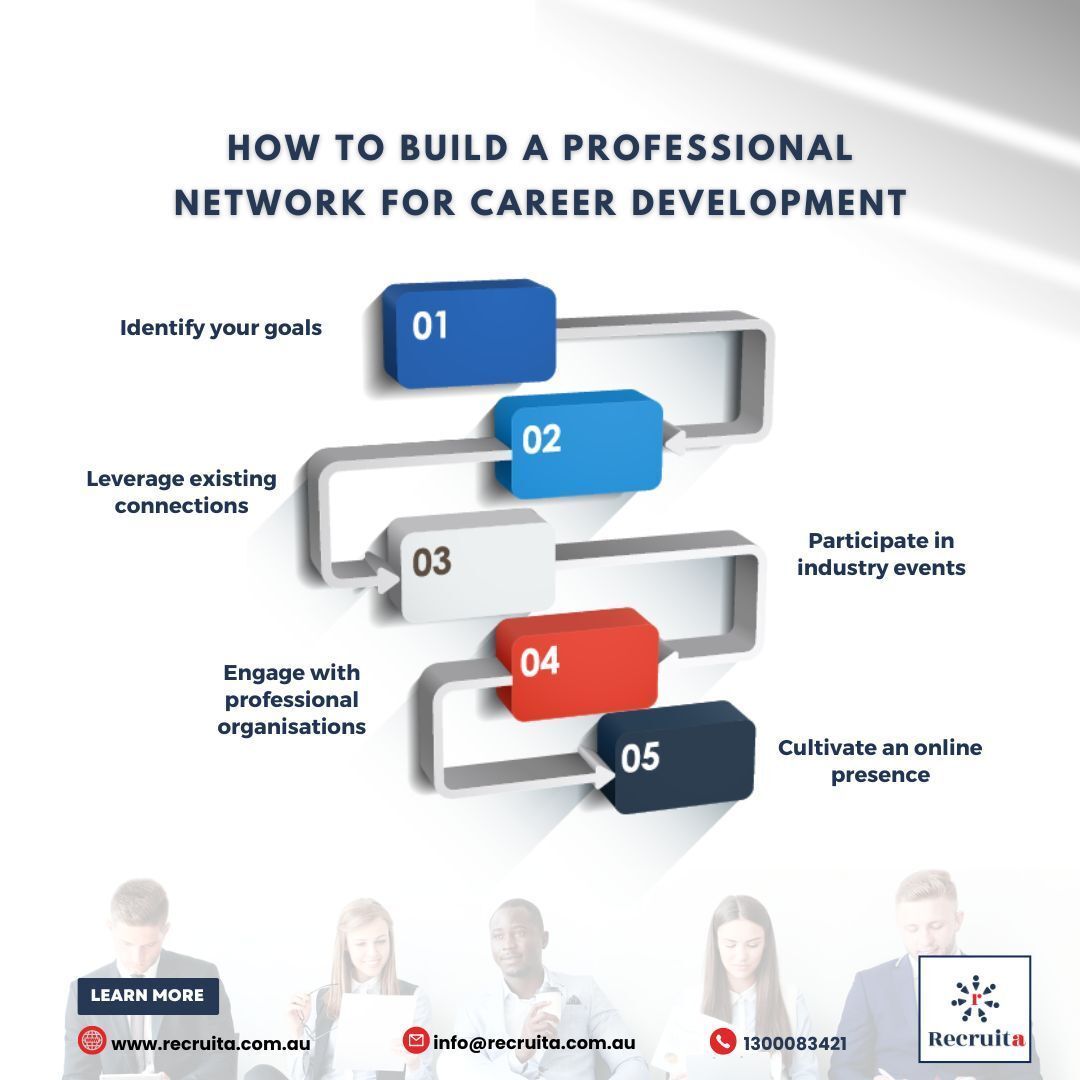How To Help API Employees Advance Into Leadership Roles
Asians and Pacific Islanders are well-represented in U.S. corporations overall, but not in leadership positions.
The theme for API Heritage Month this year is “advancing leaders through opportunity.”
For Asian and Pacific Islander workers, heavy representation in the corporate workforce hasn’t translated into higher numbers of API corporate leaders. McKinsey found API representation drops substantially the higher you rise in a company, with women experiencing the greatest decrease.
Here’s what companies can do to help API workers advance into leadership roles:
1. Increase representation
In a recent study by Momentive and AAPI Data, only 26% of Asian and Pacific Islander employees surveyed strongly agreed that “there are others like me in leadership positions at my workplace.” Only 26% strongly agreed they “have support to take on leadership opportunities at work.” For workers overall, including Black, Hispanic, and white employees, 41% said they had others “like me” in leadership positions and 43% reported having the support to take leadership roles.
When asked if they want to be “considered a leader at work,” only 29% of Asian and Pacific Islander employees strongly agree — not surprising, when you consider the lack of support for taking on leadership roles.
This gap in experience is especially pronounced for East and Southeast Asian employees. When McKinsey asked whether their company provides all employees with the mentorship and coaching they need to be successful, only 27% of East Asian employees and 32% of Southeast Asian employees agreed, compared to 44% for white employees.
Creating a culture of equity starts with support from the very top.
First, management must acknowledge the lack of representation for Asian and Pacific Islanders in leadership roles and have the courageous curiosity to delve into dismantling commonly held assumptions, such as the model minority myth. API employees themselves have diverse cultural, historical, and lived experiences, so leaders must commit to listening, and use both employee survey data and employee resource groups (or similar groups) to understand the individual needs of API employees.
Revolutionizing Employee Retention Report
Employees at Robert Half International created five employee network groups, including APEX (Asian Professionals for Excellence), and since their inception, more than 50% of their over 6,000 U.S. employees have participated in events sponsored by these groups.
“We’re providing guidance and expertise toward professional development, leadership, and innovation — and ultimately diversifying our pipeline of talent,” says Katherine Spencer Lee, chief administrative officer at Robert Half. “As a company, we’re committed to helping these organizations continue to thrive, and we encourage teams to get involved as a way to connect with the community and expand their networks.”
Merck’s API resource group — the Asia Pacific Association (APA) — actively promotes mentoring for its members, 50% of whom are women. Part of Merck’s efforts focus on connecting the next generation of API leaders with senior staff who also identify as API.
Being able to connect with leaders who share their background is highly valued by participants. One Merck employee and APA member shares:
“I think it’s great an API-specific mentoring program exists — getting direct, applicable guidance from Asian leaders at all levels from the organization helps everyone involved. My fear with general mentorship is the challenges that Asian employees face may not be faced by those from other backgrounds and may cause a disconnect.”
2. Push for fair pay and promotions
For workers at the typical U.S. workplace, API women are less likely to feel that pay and promotions are fair. On average, API women still only earn 80 cents for every dollar that white, non-Hispanic men make, with larger pay gaps for specific ethnic API subgroups.
In a market study of part- and full-time employees from July of 2022, only 46% of Asian and Pacific Islander women said promotions practices were fair and 50% reported fair pay.
Get Our Latest Research -- Overcome Common HR Challenges
In a study by Harvard Business Review and UKG, only 51% of employers surveyed stated that they have pay equity programs in place. The study also found differences in perception of fair pay, with API women experiencing the greatest gap: 40% of white male employees believe their organizations have succeeded in achieving pay equity for all employee groups, while only 25% of white women, 23% of Black or African American women, and 16% of API women agree.
Employers can make a big difference.
At great workplaces, API women are having a much-improved experience, with a 58% increase in API women reporting fair pay and a 93% increase in reporting their job has meaning, according to a survey of 1 million employees.
What accounts for the stark difference between a typical workplace and a great workplace?
Great workplaces communicate the full value of their compensation, support managers in being a part of pay policy rollouts, work to build pay transparency across their organizations, and connect employees’ work to purpose and a company mission.
3. Focus on well-being
Managers must learn about the specific challenges that API employees navigate outside the workplace.
As owner of Sweet Mango Therapy Group, Christine R. Melendres, LCSW, specializes in supporting high-achieving young professional API women who struggle with anxiety to find clarity and reclaim self-worth.
“Asian and Pacific Islander communities have suffered great distress,” Melendres says. “They have been a target of a rise in racism and discrimination since the beginning of the COVID-19 pandemic. Because of overt racism and microaggressions, these incidents have had a notable effect on the Asian and Pacific Islander community’s mental health.”
One of the factors harming the well-being of API employees is a missing sense of belonging — and not just at work.
Four in five Asian and Pacific Islanders “don’t feel they truly belong in the United States” per a national survey of more than 5,000 U.S. residents. This insecurity has been underscored by violent mass shootings, such as the attack during the Lunar New Year in Monterey Park, California.
“Belonging in the workplace is an employee’s sense that their uniqueness is accepted and even treasured by their organization and colleagues,” says Tony Bond, chief diversity and innovation officer at Great Place To Work®. “Belonging is an accumulation of day-to-day experiences that enables a person to feel safe and bring their full, unique self to work.”
Identity and background are essential context for understanding the barriers employees face in the workplace.
Research from Great Place To Work found that young API mothers are 33% more susceptible to experiencing burnout compared to their white, male colleagues. The gap increases even further when workers are hourly versus salaried, revealing how different factors can combine to create worse outcomes for employees.
The solution? Be flexible and meet the individual employee where they are.
When managers acknowledge the current and generational trauma API employees and their families experience, they create psychological safety, one of the essential building blocks of trust in the workplace. One example of how to do this is to create culturally relevant spaces within the workplace for sharing stories and experience of API employees.
At Great Place To Work, an employee resource group called APIary offers a safe space for participants to explore and redefine the narratives that shape their experience in the workplace.
“As an executive leader in the business, I know first-hand this is crucial for developing leaders to reach their full potential at Great Place To Work,” says Erika Koh, EVP, global licensing and development and the executive co-sponsor of APIary.
“APIary members were given the autonomy to identify a gap in our current professional development programming and to bring in a licensed psychotherapist with similar lived experiences as an external resource, creating a space that helped the members to recontextualize the generational trauma into resiliency and promoting attention to self-care. The resulting focus on a thriving mindset strengthens them as a community and as individuals within and beyond the workplace.”
Addressing the opportunity gap
Great workplaces ensure that current and prospective employees — not just those within the API community — have full access to the pathways that lead to development, recognition, and promotion. When leaders understand how to support well-being, address the lack of representation in all levels of the organization, and close the API pay gap, API employees will have the conditions necessary to develop into the future leaders every business will need.
Survey your employees
Curious about what your employees need and expect in the workplace? Benchmark your employee experience using Great Place To Work Certification™.
Source: https://www.greatplacetowork.com/resources/blog/how-to-help-api-employees-advance-into-leadership-roles



